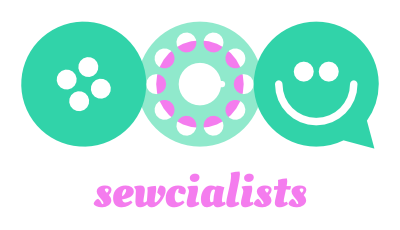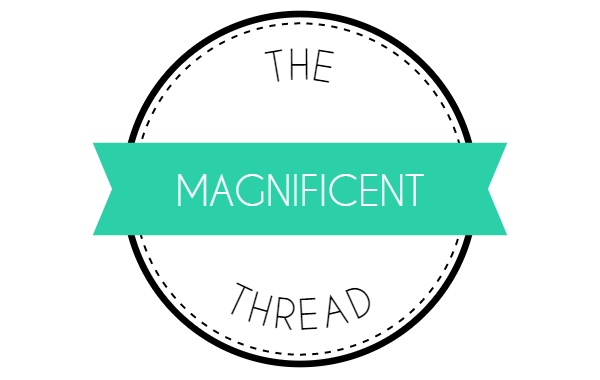When you make your own clothes and people get to know about it, after a while they just shrug off a new item, like 'yeah of course, you made it'. So whilst my new jumper might just be yet another thing I've made, as my very first hand knitted jumper, I think it's a totally monumental make! After learning to knit as a child, it's only taken 20 years (nearly a year of those spent making this jumper!) to finally catch the knitting bug!
 |
| MY FIRST KNIT!!! |
 |
| Composition: Baby Alpaca 70% / Merino 7% and Nylon 23% |
 |
 |
 |
| Stocking stitch squares, pre-funnel neck |
 |
 |
| Back view |
 |
 |
| Jumper love |
I do think you're paying mostly for the brand with Wool and the Gang, so moving away from them, I'm currently eyeing up all the amazing chunky knit patterns from Good Night, Day. Next up though is the Fibre Mood Tara, using this super chunky bargain wool in olive from Wool Warehouse - heads up, there are also some amazing sewing patterns in Fibre Mood too! Has anyone else caught the knitting bug this winter?
Stay in touch!
- Sunday, December 30, 2018
- 9 Comments

























































